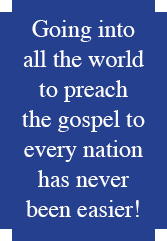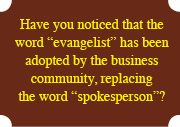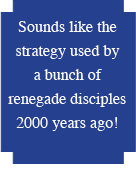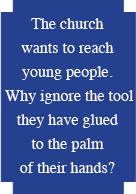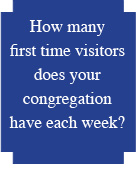 How long should your blog posts be?
How long should your blog posts be?
Social Media experts have differing ideas on this. Most say that content posts should be short and recommend 250 to 500 words.
This is good advice for many topics. How-to Articles tend to be longer since detailed directions are what your audience is seeking.
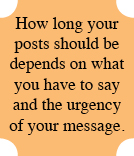 The correct answer may be that it depends on what you have to say and the urgency of your need to say it. Do your readers need to know everything now or can you spoon-feed information over a few days without frustrating them?
The correct answer may be that it depends on what you have to say and the urgency of your need to say it. Do your readers need to know everything now or can you spoon-feed information over a few days without frustrating them?
The best yardstick is to ask yourself, “If I were looking for information about this topic, would I appreciate the content (whether it be 250 or 1000 words)?
2×2 posts tend to be about 800 words on average — too long according to the experts. We violated the rule because we wanted to post thorough content that would be helpful to our audience quickly. This approach has been successful. Our audience has grown steadily.
Nevertheless, as we move forward, we will begin to keep a closer eye on the length of our posts. Here are some ways bloggers can divide content into shorter, more palatable doses.
Journalist’s Formula
Long topics can be divided using the standard journalistic formula. WHO, WHAT, WHERE, WHEN, WHY and HOW. One post could then become a six-part series.
Chronological Approach
Other topics might lend themselves to chronolgical subdivision. Detail topics in formative steps. We used this approach in our Social Media Ministry Series, starting with the concept of Social Media Ministry and forming a committee. Later posts covered the work of the committee, etc.
Geographic or Cultural Focus
Some topics might lend themselves to geographic or cultural subdivisions. Many of our topics address small churches in general. We could talk about small urban churches or small rural churches. We might contrast Southern churches with New England churches.
 If your posts are longer, look for ways to break up your words or copy so that there are focal points that lead you through the post.
If your posts are longer, look for ways to break up your words or copy so that there are focal points that lead you through the post.
Studies show that web readers scan a page in the shape of the letter F. They read across the top, then skip down. They hit the next topic sentence, and read across and continue down the left side of the page, occasionally drifting to the right as things attract interest.
Tools for breaking up text
There are several tools built into blogging software that you can use to lead your readers’ eyes.
- Headlines
- Subheads
- Bulleted Lists
- Numbered Lists
- Photos or Art (with or without captions)
- Quote Callouts
- Boldface/Italic Text
- Indented Text
- Use of color
Pay attention to your own habits as you read web sites and blog posts to understand how others read your pages.
Thus ends this post of 458 words!


